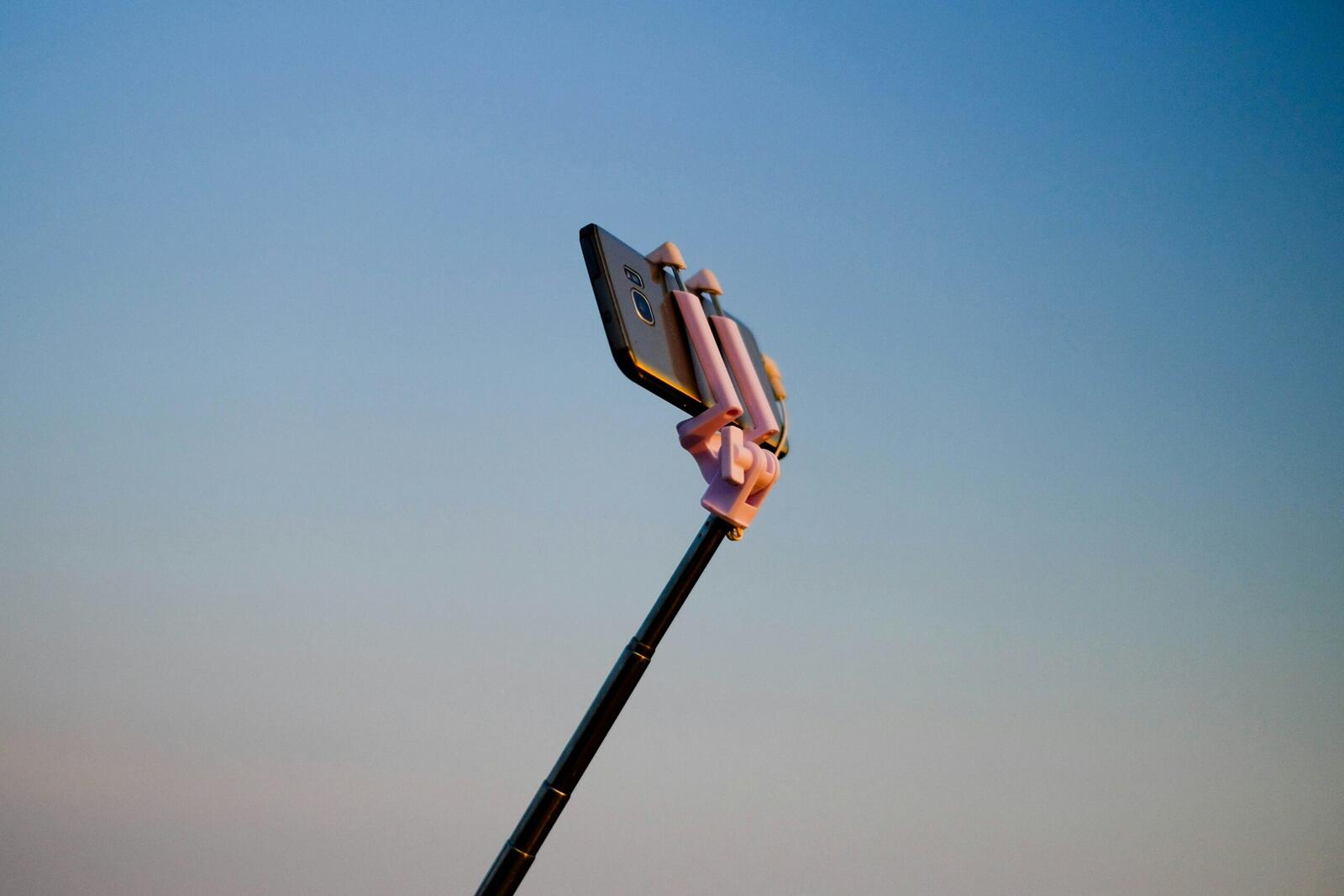The story of Belle Gibson, a self-proclaimed cancer patient and survivor, has been dominating headlines recently with several documentaries and even a Netflix series (“Apple Cider Vinnigar”) about the story having been released over the last few weeks.
More than a decade after the news first broke, the world is still reeling at Gibson’s bald-faced lies about a devastating terminal brain cancer diagnosis that turned out to be nothing more than a scheme to gain social media followers and get rich quick.
After achieving almost overnight fame as a health and wellness influencer – all very much fueled and inspired by her so-called “illness” – Belle quickly developed a brand and soon, an app to popularise her ideas about the benefits of healthy eating and eventually, sell products.
It wasn’t long before she was raking in profits and being acknowledged by big names across industries, including partnerships with the likes of Apple and Penguin Books.
Eventually, in 2015, the truth was revealed in a bizarre confession by Gibson herself, but the resurfacing of this story has left most viewers with a bigger question and concern – how can one tell if an app is authentic, and how can these types of scams we avoided?
Well, if any good can and has come of the Belle Gibson fiasco (who still, by the way, was never criminally charged and still owes hundreds of thousands of dollars in fines for her crimes), it’s the fact that it’s shed light on application users’ potential vulnerabilities.
So, we’re choosing to use this baffling case of a troubled young scamster’s exploits to help prevent other unsuspecting users from falling victim to similar nefarious activities.
Check the Developer and Publisher
One of the first signs of a legitimate app is the developer behind it. Before downloading, take a moment to research the app’s creator. Established companies and well-known developers normally have a strong online presence, as you’d expect, including official websites and verified social media accounts.
But, if the developer’s name is unfamiliar, do a quick search to see if they have released other reputable apps. Scammers often create apps with similar names to well-known brands, so always verify authenticity through the official website of the company in question. And, if you’re not sure, it’s always safer just to do a quick check.
Look at the Reviews and Ratings
App store reviews and ratings can provide valuable insight into an app’s legitimacy. But, be cautious, because they’re not always 100% reliable – scammers sometimes manipulate ratings by flooding an app with fake positive reviews.
If you notice that most reviews are overly generic, repetitive or were all posted around the same time, this could be a red flag.
On the other hand, genuine user feedback often includes specific details about the app’s functionality, usability and any potential issues. Checking for negative reviews can also reveal if users have encountered scams, excessive ads or suspicious permissions – sometimes, to find these types of reviews, you’ll need to scroll a bit, but it’s worth the time.
Analyse the Permissions Requested
Before installing an app, carefully review the permissions it requests. A legitimate app will only ask for access to the features it needs to function.
For example, a weather app shouldn’t require access to your contacts or messages, and a simple flashlight app definitely shouldn’t need permission to access your location or camera. If it seems a bit off, it probably is.
Excessive or unnecessary permissions can indicate that the app is trying to collect personal data for malicious purposes. So, if an app’s permission requests seem suspicious, it’s best to avoid downloading it.
More from News
- AI Search Is Changing The Way B2B Tech Brands Get Noticed, Here’s How
- Amazon And Apple Face Nearly £1 Billion Lawsuit, Here’s Why
- The UK Public Does Not Trust Tech Companies, Reports Find
- Uber Eats Will Now Be Using Robot Delivery Services In The UK
- African Startups Secured Over $3 Billion In Funding In 2025
- Warner Bros. Becomes The Piggy In The Middle As Netflix And Paramount Battle For Ownership
- Why Do 57% Of UK Founders Say The EU Is Better For Growth Than Britain
- What Checkout Options Should Ecommerce Businesses Use In 2026?
Check the Number of Downloads
While newer apps may have fewer downloads, a well-established and legitimate app will typically have a substantial user base. If an app claims to be popular but has an unusually low number of downloads, it may not be trustworthy.
On the other hand, some scam apps quickly rack up downloads before being removed from app stores, so it’s always best to check other factors like the developer and reviews.
Visit the Official Website
If an app claims to be from a well-known brand, always verify its existence on the official website. Most legitimate companies will provide direct links to their apps on the App Store or Google Play.
If you cannot find the app on the company’s website, it’s best to avoid it. Also, be wary of apps that require you to download them from third-party websites instead of official app stores – these are more likely to contain malware.
Trust Your Instincts
At the end of the day, if something feels off about an app, it’s best to err on the side of caution. If the app description is poorly written, the logo looks slightly different from the official brand or you’re required to enter personal or financial details before using it, these are all warning signs.
Scammers rely on users acting quickly without verifying information, so always take a few extra moments to assess an app’s legitimacy before downloading it.
With fraudulent apps becoming more common, staying vigilant is essential. By taking the time to research an app before downloading, you can protect your personal information and avoid falling victim to scams. It’s always worth the few extra minutes it takes to verify.



